Who owns South Africa Reserve Bank (SARB)?
The South Africa Reserve Bank (SARB) controls the major aspects of the country’s financial structure. All this power leads to questions like who owns the South African Reserve Bank. This article will address that and more, including SARB careers and contacts. Read on!
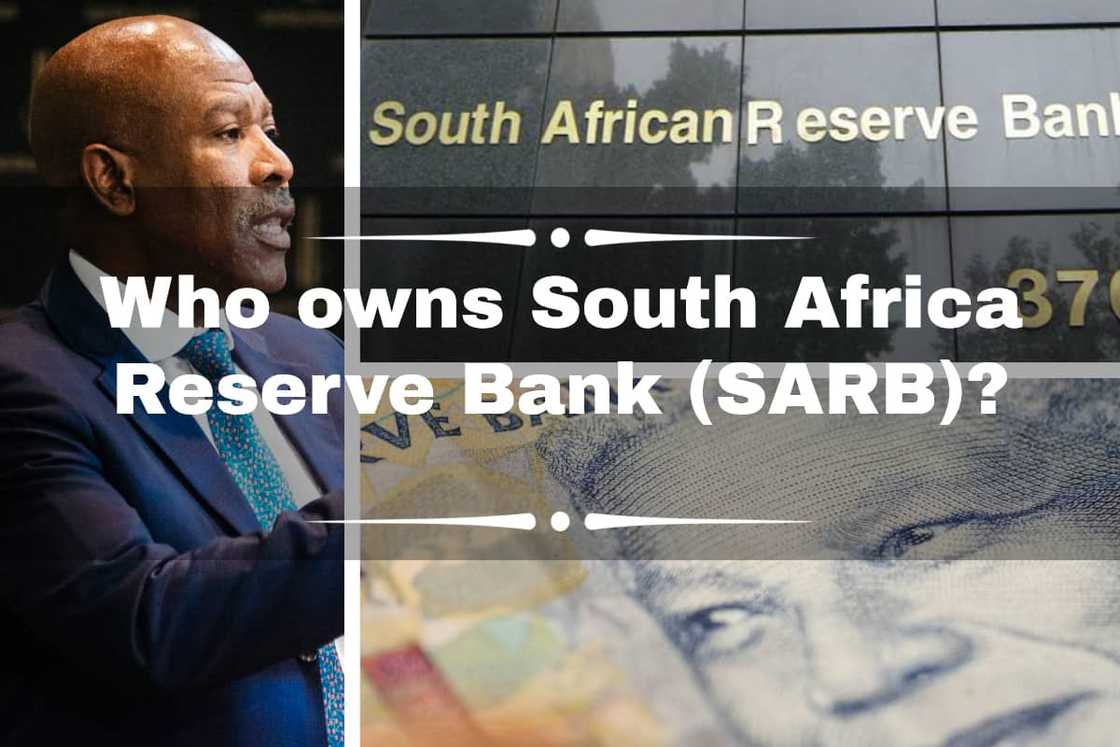
Source: UGC
The South Africa Reserve Bank was established in 1921, only the 4th central bank set up outside of the United Kingdom and Europe, coming in after the United States, Japan, and the Indonesian island of Java. It is also the oldest central bank in the continent. Learn everything about the SA Reserve Bank below.
Who owns the South African Reserve Bank?
Along with the banks in Greece, the United States, Belgium, Italy, Japan, Switzerland, Japan, and Turkey, it is one of only 8 central banks currently in existence to be privately owned by shareholders instead of the central government.
Currently, it has more than 750 shareholders. The shares, 2 million in total, are controlled within the institution and sold on an Over-the-Counter Share Transfer Facility market (OTCSTF market) since being delisted from the Johannesburg Stock Exchange (JSE) on May 2nd, 2002. The OTCSTF market was introduced on October 1st, 2005.
The provisions of the South African Reserve Bank Act, 1989 (Act No 90 of 1989), as amended, direct that no shareholder shall hold, or hold cumulatively with their associates, more than 10,000 shares. Other than that, there are no other limitations to owning shares in the Reserve Bank of South Africa.
However, there have been discussions geared towards nationalising the institution. In President Cyril Ramaphosa's words, this move is intended to affirm state sovereignty by doing away with external shareholders. If this happens, it means that the ownership status will change and the institution will be under the control of the government.
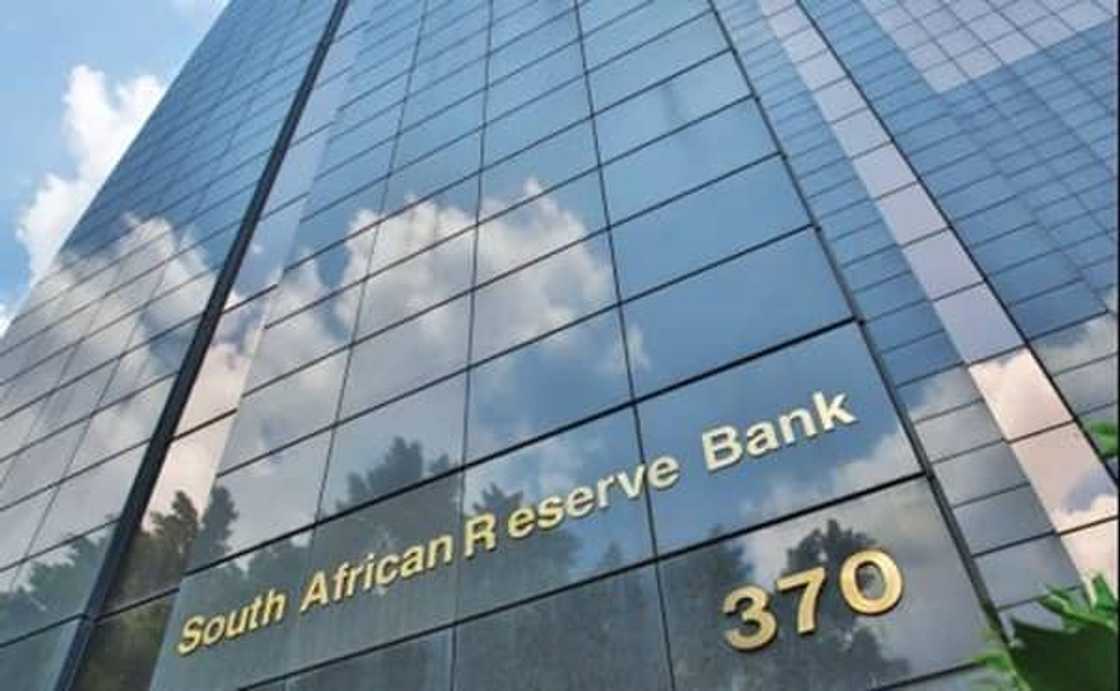
Source: Twitter
READ ALSO: Top 15 richest business owners ranked: black South African millionaires
Who controls SARB?
The South African Reserve Bank Act, 1989 (Act No 90 of 1989) lays out the organisational structure to be made up of a board of directors with 15 members to be appointed by the country’s president after consulting with the minister of finance. The board is composed of a governor and three deputy governors.
The governor is considered the face of the institution and is often conflated with being the owner. The current board of directors (along with their positions/functions) is made up of the following:
- Mr E. Lesetja Kganyago – Governor
- Ms Fundi Tshazibana – Deputy Governor
- Doctor Rashad Ismail Cassim – Deputy Governor
- Mr Kuben Naidoo – Deputy Governor and Chief Executive Officer (C.E.O.) of Prudential Authority
- Ms Lerato Molebatsi – Government
- Mr Rob J.G. Barrow – Commerce or Finance
- Professor Firoz Cachalia – Government
- Doctor Yvonne Muthien – Commerce or Finance
- Professor Rochelle Le Roux – Labour
- Doctor Terence Mncedisi Nombembe – Government
- Mr Gary M. Ralfe – Mining
- Mr Z. Hoosen – Industry
- Doctor Charlotte Barbara Du Toit – Industry
- Professor Nick Vink – Agriculture
As of now, only 14 of the 15 positions are occupied. A government position remains vacant.
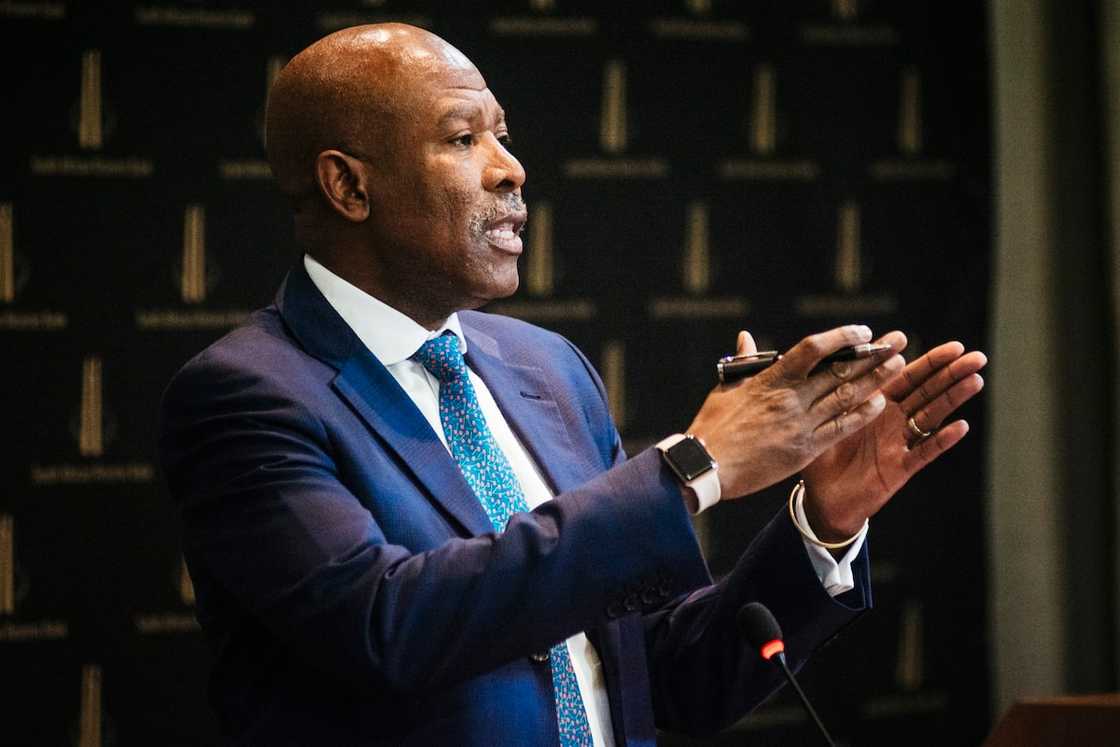
Source: Twitter
READ ALSO: Lesetja Kganyago biography: age, wife, speech, salary, net worth and signature
What is the importance of the reserve bank?
As one can infer from their titles, reserve banks have the primary function of carrying the reserves for other banks. This one was created following the end of the First World War to deal with the new financial situation it caused.
What does the South African Reserve Bank do?
Its many functions include the following:
1. Protecting the value of South Africa’s currency
This is its primary function followed by:
- Making sure that the country’s banking, monetary, and financial structure is completely solid, meets the requirements of the public, and keeps up with international developments
- Lending assistance to the government and other players within the region’s economic community by providing information that is important towards coming up with and implementing macroeconomic policies
- Informing the country and stakeholders abroad of all matters relating to financial policy and the country’s economic situation
READ ALSO: Who owns ShopRite?
2. Acting as advisor and banker for the government
- The government's banker – it provides banking services to the government. The government has cash balances in other banks, but the SARB is responsible for the movement of that cash.
- Controller of foreign exchange – the Financial Surveillance Department is in charge of the SARB exchange rates and other aspects related to Forex.
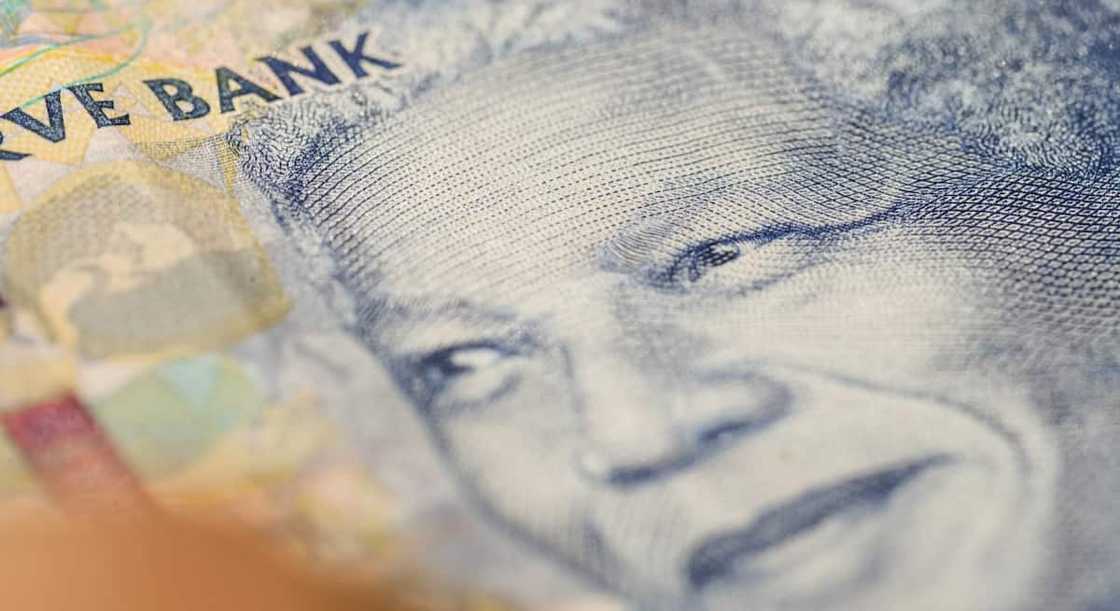
Source: Twitter
3. Managing the monetary and banking system
It performs this function through:
- Formulating and executing financial policies
- Providing liquidity to the banks in South Africa
- Controlling all legal tender – it is the only body that can legally create, issue, and destroy banknotes and coins. This includes co-operating with the South African Police Service (SAPS) to crack down on any counterfeiting of banknotes
- Being the banker of other banks – it does this by holding their reserves
- Settling claims that arise between banks
- Supervising and regulating banks – it issues operating licenses and ensures that they work in accordance with the terms set out in the Banks Act (No. 94 of 1990) and the Mutual Banks Act (No. 124 of 1993)
Does the South African Reserve Bank buy Mandela coins?
While the R5 coins are a hot commodity with private buyers willing to pay thousands for them, the SARB says that they do not buy back circulation coins from members of the public.
Furthermore, on their purchasing power as legal tender, the institution adds that all R5 coins in circulation retain that value.
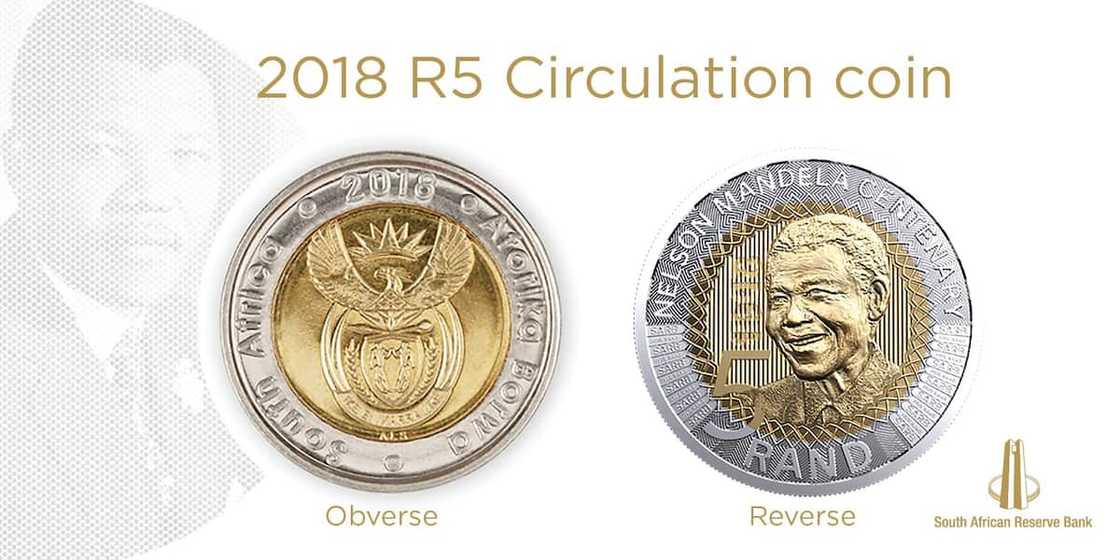
Source: Twitter
READ ALSO: Where to sell Mandela coins
Where is SARB located?
The South African Reserve Bank Pretoria headquarters are situated at 370 Helen Joseph Street. Instead of the South African Reserve Bank logo, the name is written on the building for clarity. The other general contact details for the reserve bank Pretoria location are:
- Telephone number: +27 12 313 3911 or 0861 12 7272
- Postal address: P.O. Box 427, Pretoria, 0001
- SARB online portal: resbank.co.za
The South African Reserve Bank vacancies and recruitment department (Human Resources) are reachable through +27 12 313 3283 where you can ask about South African Reserve Bank careers.
That concludes our article on the South Africa Reserve Bank. If you found it informative, consider sharing it as widely as possible. Feel free to leave your thoughts in the comments section below.
READ ALSO:
- Rebellious Mboweni voices stance on SARB: Burn me at the stake then
- Coronavirus: SARB expects economy to shrink, thousands to lose jobs
- President Cyril Ramaphosa says he won’t budge on SARB issue
Source: Briefly News

